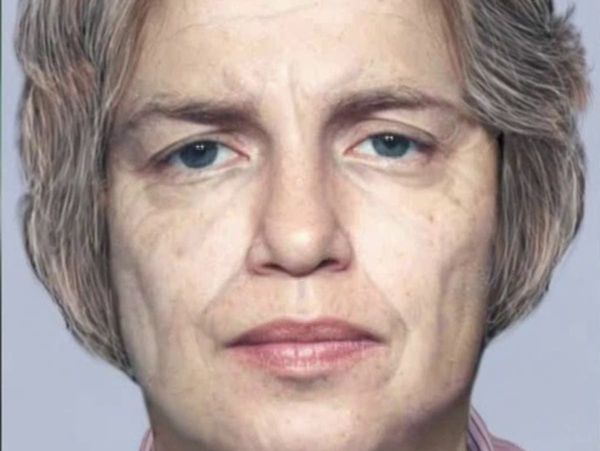
Scanning for stragglers, grazier Alan Acton radioed from his helicopter for workers on the ground to help with cattle mustering on his central Queensland property.
When the workers approached, they saw a plume of smoke.
Then they found the fiery wreckage.
Mr Acton, 65, had crashed the helicopter after hitting a power line on the Bingegang property near Rockhampton in April.
Workers were unable to pull an unresponsive Mr Acton out of the Robinson R44 helicopter due to the intensity of the fire.
The prominent grazier - who was the sole occupant - died and the helicopter was destroyed by the fuel-fed fire.
Seven months after the fatal crash, an Australian Transport and Safety Bureau probe has found Mr Acton likely lost sight or awareness of the powerline due to trees and terrain.
Mr Acton was familiar with the property and the weather was clear when he went searching for stragglers after mustering a large mob of cattle into a holding paddock, ATSB said.
An investigation using a drone flying at the helicopter's approximate flight path and height indicated the powerline was difficult to distinguish from the background and partially obscured to the left by trees and terrain.
The power line was almost 6m in height and did not have any safety markers on it to make it more visible however there was no requirement for it on the property, the ATSB said.
The Robinson R44 helicopter was also not able to be fitted with wire strike protection equipment - a cutter considered the last line of defence for hitting power lines - because of its small size.
"The wire...would have been very difficult to see from the air as it was partially obscured by large trees ...and combined with the undulating terrain, deprived the pilot of critical visual cues," the report said.
"Further, the task of visually scanning for cattle that had been separated from the larger mob was a potential distraction.
"It is therefore likely that any awareness the pilot had of the wire was lost during the flight, and the pilot did not see it at all or in time to avoid the wirestrike."
ATSB said the crash was another reminder of the dangers posed by powerlines during low-level mustering.
They encouraged all low level operations pilots to read their educational publication "Wirestrikes involving known wires: A manageable aerial agriculture hazard on wire strikes".
ATSB reminded operators that helicopters involved in low level operations can be fitted with power line strike protection like wire cutters.
"However, this technology is not currently available on smaller helicopters such as the Robinson R44," it said.
They also alerted property owners that power and telecommunications companies can mark powerlines that are identified as a hazard, with some offering a scheme to reduce costs.







